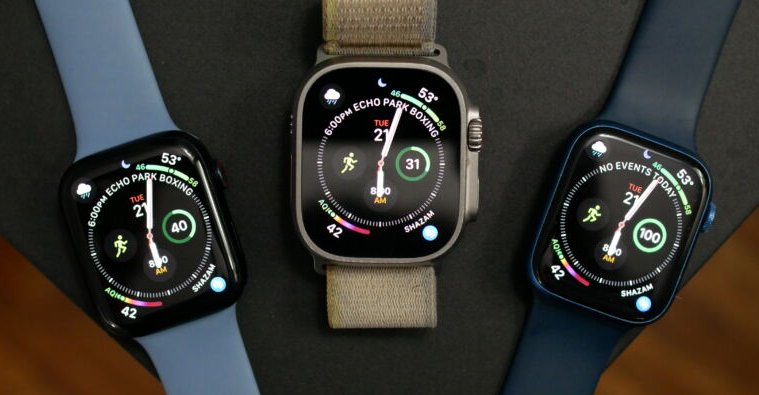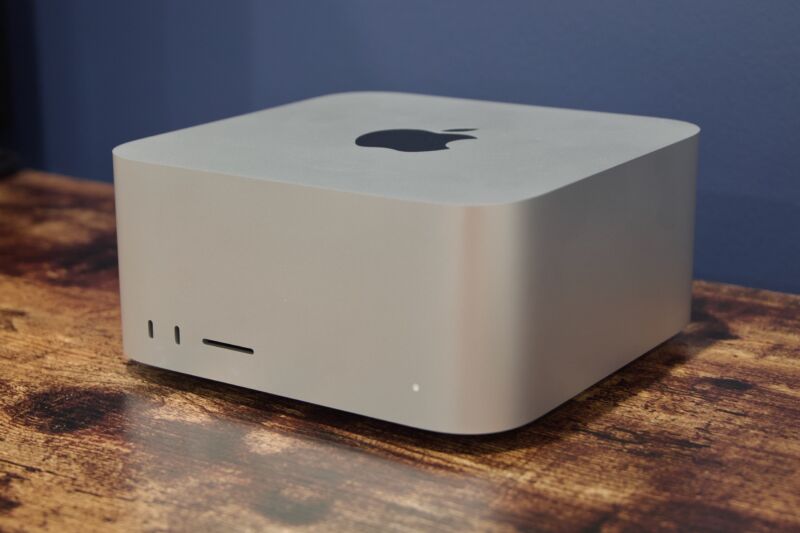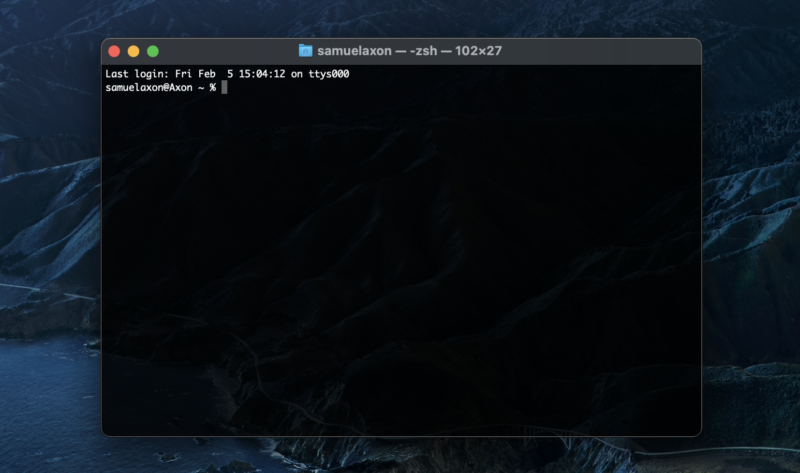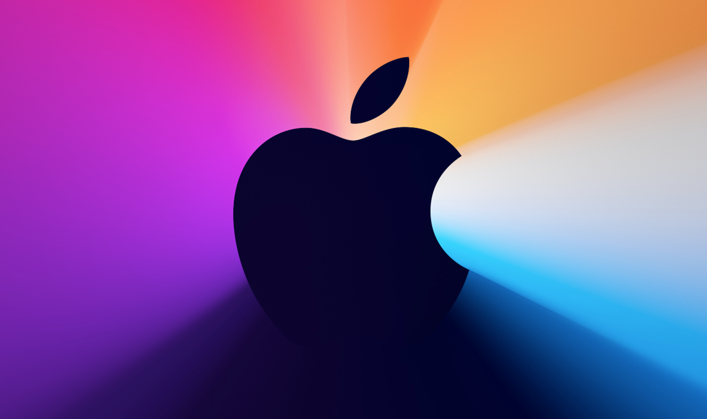-
 chevron_right
chevron_right
Report: “Apple Watch X” will redesign the popular wearable for the first time
news.movim.eu / ArsTechnica · Monday, 14 August, 2023 - 19:38

Enlarge / The Apple Watch (seen here in its current iterations) is set to get a new look. (credit: Corey Gaskin )
Annual updates to the standard Apple Watch have been almost too small to mention for the past few years, and it looks like that trend will continue with the new wearables Apple plans to debut next month. But, according to a Bloomberg newsletter , a major Apple Watch overhaul is coming as soon as next year.
Dubbed "Watch X," it will be the 10th edition of the Apple Watch that was originally announced in 2014 and released in 2015. To commemorate the occasion, Apple is planning the most significant redesign of the Watch yet apart from the recently launched Ultra, which is more of a spinoff than a direct follow-up.
Of course, that's not saying much. Each year's update has typically brought one small change—like a slightly bigger screen, a modest CPU speed bump, or a new health tracking feature aimed at one specific ailment—such that there's little reason to upgrade even once every two or three years, much less annually.








